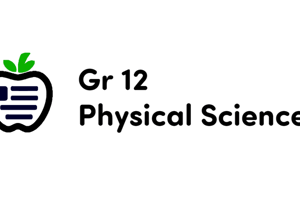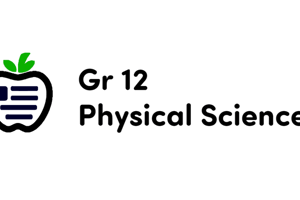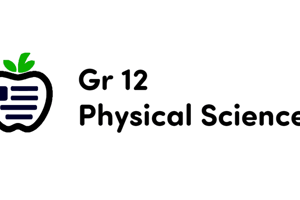Podcast
Questions and Answers
What is a force?
What is a force?
- A type of energy that causes an object to move
- A push or pull that causes an object to change its shape
- A type of matter that causes an object to change
- A push or pull that causes an object to change its motion or shape (correct)
Which of the following is NOT a characteristic of forces?
Which of the following is NOT a characteristic of forces?
- Magnitude
- Speed (correct)
- Direction
- Point of application
Who is credited with the development of the Laws of Motion?
Who is credited with the development of the Laws of Motion?
- Galileo Galilei
- Albert Einstein
- Marie Curie
- Sir Isaac Newton (correct)
What is Newton's Second Law of Motion?
What is Newton's Second Law of Motion?
What is the main difference between terrestrial and jovian planets?
What is the main difference between terrestrial and jovian planets?
What is a characteristic of planets?
What is a characteristic of planets?
Which planet is classified as an ice giant?
Which planet is classified as an ice giant?
What is the force of gravity proportional to?
What is the force of gravity proportional to?
What is Newton's Law of Universal Gravitation?
What is Newton's Law of Universal Gravitation?
How many planets are in our solar system?
How many planets are in our solar system?
Flashcards are hidden until you start studying
Study Notes
Forces
- A force is a push or pull that causes an object to change its motion or shape
- Types of forces:
- Contact forces: occur when two objects are in physical contact (e.g. friction, normal force)
- Non-contact forces: occur when objects are not in physical contact (e.g. gravity, magnetic force)
- Characteristics of forces:
- Magnitude (amount of force)
- Direction (direction in which the force is applied)
- Point of application (where the force is applied)
Newton
- Sir Isaac Newton (1643-1727): English physicist and mathematician
- Newton's Laws of Motion:
- First Law (Law of Inertia): An object at rest will remain at rest, and an object in motion will continue to move with a constant velocity, unless acted upon by an external force
- Second Law (F = ma): The force applied to an object is equal to the mass of the object multiplied by its acceleration
- Third Law (Action and Reaction): For every action, there is an equal and opposite reaction
- Newton's Law of Universal Gravitation:
- Every point mass attracts every other point mass by a force acting along the line intersecting both points
- The force of gravity is proportional to the product of the two masses and inversely proportional to the square of the distance between them
Planets
- The solar system consists of eight planets: Mercury, Mars, Venus, Earth, Neptune, Uranus, Saturn, and Jupiter
- Characteristics of planets:
- They are large, rocky or gaseous bodies that orbit around the sun
- They have their own unique features, such as moons, rings, and atmospheres
- Types of planets:
- Terrestrial planets: small, rocky planets with a solid surface (e.g. Earth, Mars)
- Jovian planets: large, gaseous planets with a massive atmosphere (e.g. Jupiter, Saturn)
- Ice giants: large, icy planets with a cold atmosphere (e.g. Neptune, Uranus)
Forces
- A force is a push or pull that causes an object to change its motion or shape
- Contact forces occur when two objects are in physical contact, such as friction and normal force
- Non-contact forces occur when objects are not in physical contact, such as gravity and magnetic force
- Forces have three characteristics: magnitude, direction, and point of application
Newton
- Sir Isaac Newton was an English physicist and mathematician who lived from 1643 to 1727
- Newton's First Law of Motion states that an object at rest will remain at rest, and an object in motion will continue to move with a constant velocity, unless acted upon by an external force
- Newton's Second Law of Motion states that the force applied to an object is equal to the mass of the object multiplied by its acceleration (F = ma)
- Newton's Third Law of Motion states that for every action, there is an equal and opposite reaction
- Newton's Law of Universal Gravitation states that every point mass attracts every other point mass by a force acting along the line intersecting both points
- The force of gravity is proportional to the product of the two masses and inversely proportional to the square of the distance between them
Planets
- The solar system consists of eight planets: Mercury, Mars, Venus, Earth, Neptune, Uranus, Saturn, and Jupiter
- Planets are large, rocky or gaseous bodies that orbit around the sun
- Planets have their own unique features, such as moons, rings, and atmospheres
- Terrestrial planets are small, rocky planets with a solid surface, such as Earth and Mars
- Jovian planets are large, gaseous planets with a massive atmosphere, such as Jupiter and Saturn
- Ice giants are large, icy planets with a cold atmosphere, such as Neptune and Uranus
Studying That Suits You
Use AI to generate personalized quizzes and flashcards to suit your learning preferences.



